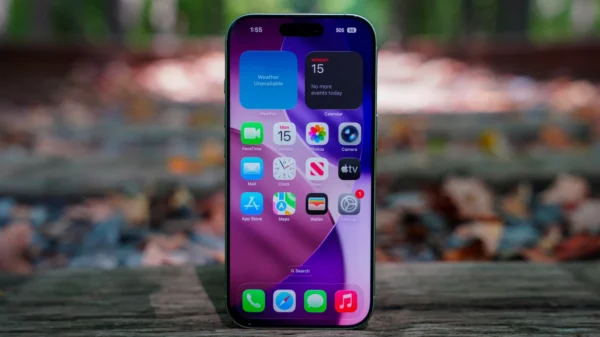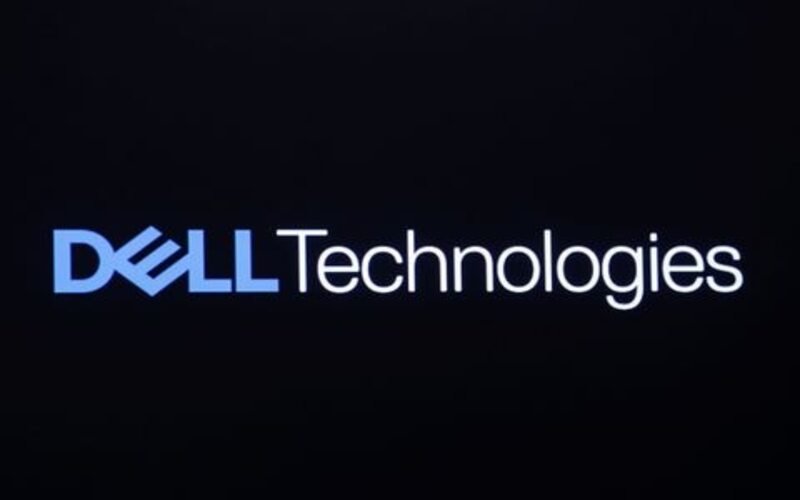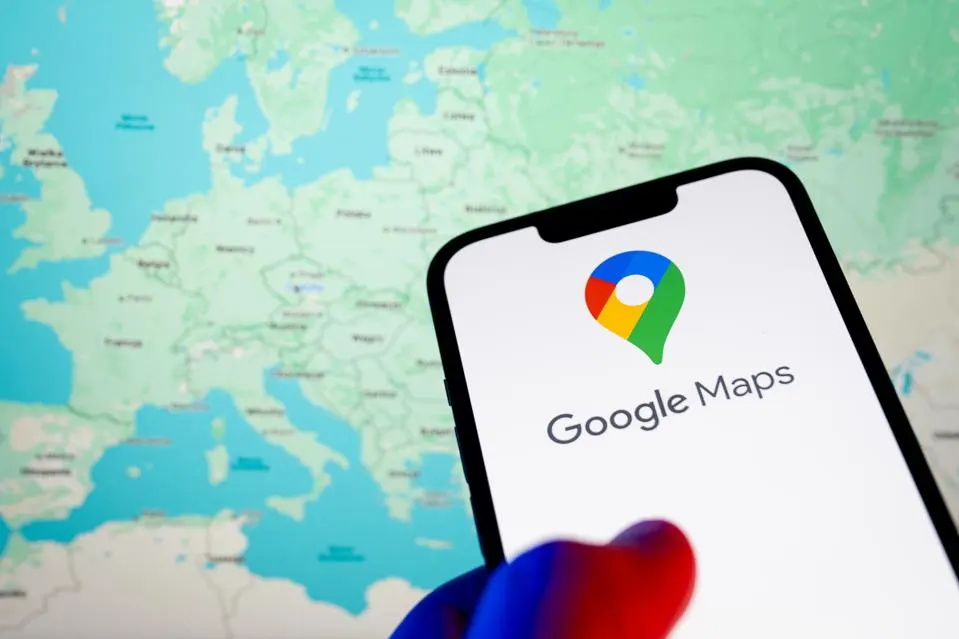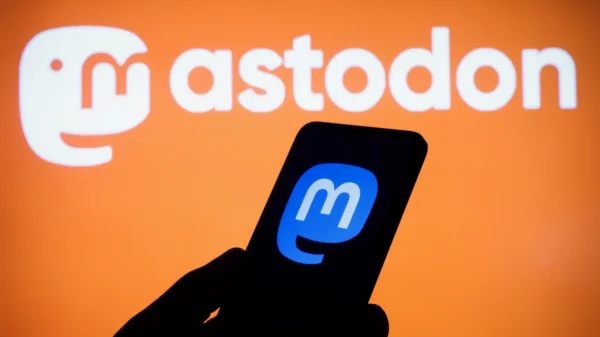Google Maps Sparks Controversy with “Gulf of America” Update
In a surprising move, Google Maps has updated its platform to rename the Gulf of Mexico as the “Gulf of America” for users in the United States. This change, which became visible on February 10, 2025, follows an official renaming by the Trump administration on the same day. The update has sparked widespread debate among politicians, users, and mapping services worldwide.
Courtesy: Youtube/KSDK News
A Politically Charged Change
Former U.S. President Donald Trump and his administration formally changed the name of the Gulf of Mexico, citing the new title as a better reflection of American influence over the region. Google promptly updated its maps within the United States to display “Gulf of America,” aligning with the administration’s decision.
However, the change is not universal. Outside the U.S., Google Maps continues to display “Gulf of Mexico.” Meanwhile, users in Mexico see a dual listing: “Gulf of Mexico (Gulf of America).” This selective presentation has caused heated discussions, especially as competitors like Apple Maps and MapQuest have not implemented any similar alterations. Apple Maps continues to show “Gulf of Mexico” and even redirects searches for “Gulf of America” back to the traditional name. Another Google-owned map service, Waze, allows searches for both names but does not prioritize the new title.
How Google Determines Place Names
Google has stated that its map updates follow official government records, particularly those maintained by the Geographic Names Information System (GNIS), a U.S. government-managed database. The displayed name depends on a user’s location:
– U.S.-based users now see “Gulf of America.”
– Mexican users see both “Gulf of Mexico” and “Gulf of America.”
– Users in other countries still primarily see “Gulf of Mexico,” with the new name shown in parentheses.
The name displayed may also depend on device settings. Desktop users may receive results based on their search preferences or IP address, while mobile users could see different results depending on their SIM card or network location.
Backlash and Concerns Over Digital Geography
The renaming has faced strong opposition, particularly from Mexican officials and international critics who argue that altering a long-established geographic name for political reasons sets a dangerous precedent. Some see it as a political move rather than an accurate reflection of global geography.
Concerns have also arisen over the implications of digital platforms reflecting political changes in real-time. If governments can influence the names of widely recognized locations on major digital services, it raises questions about potential revisions of historical and geographic data. Some critics worry that this may encourage further politically driven modifications in the future.
While some Americans support the change as a reflection of national pride, others believe geography should remain separate from politics. For now, Google has remained relatively quiet on whether it will implement similar changes in the future, but the controversy highlights the growing intersection of technology and political influence over digital content.
Conclusion
The update to Google Maps has reignited discussions about the role of technology in shaping public perceptions of geography and history. Whether other mapping services will follow Google’s lead remains unclear, but for now, U.S.-based users are seeing the Gulf of America on their screens. Meanwhile, Apple Maps and other major platforms continue to resist the change, ensuring that the debate over digital mapping and political influence is far from over. As technology evolves, so does the way we navigate and interpret the world around us.












































